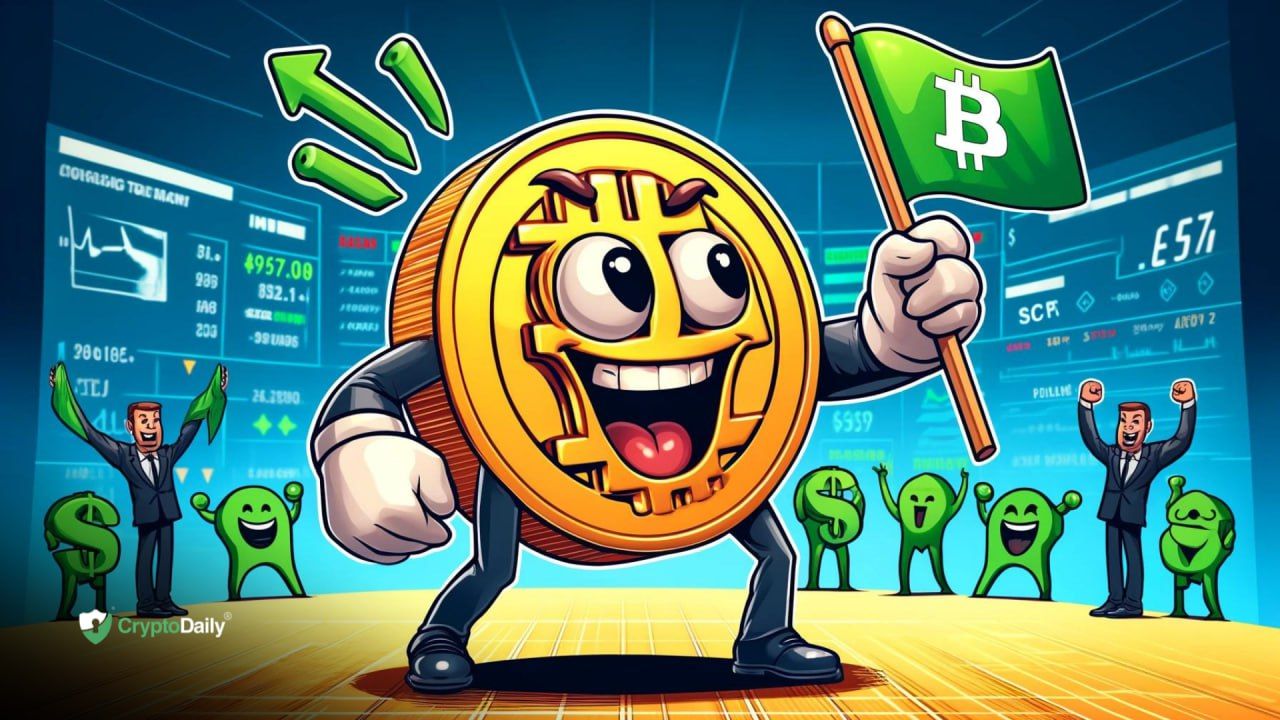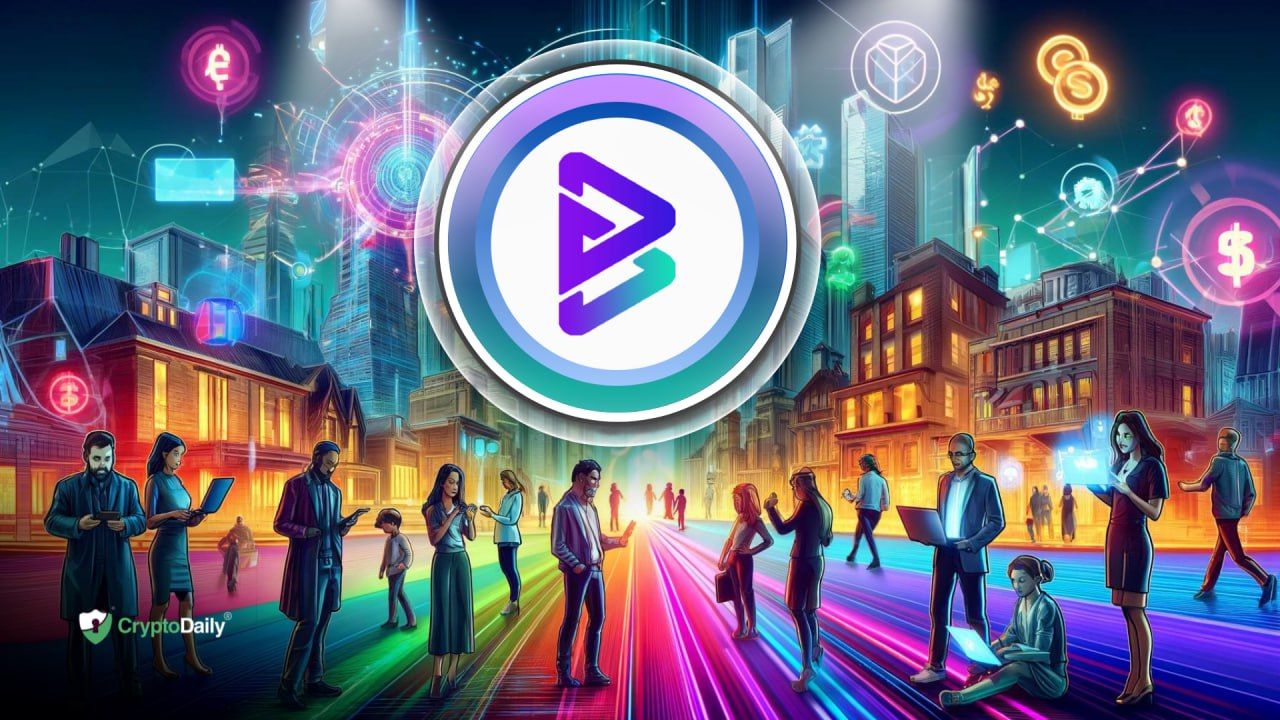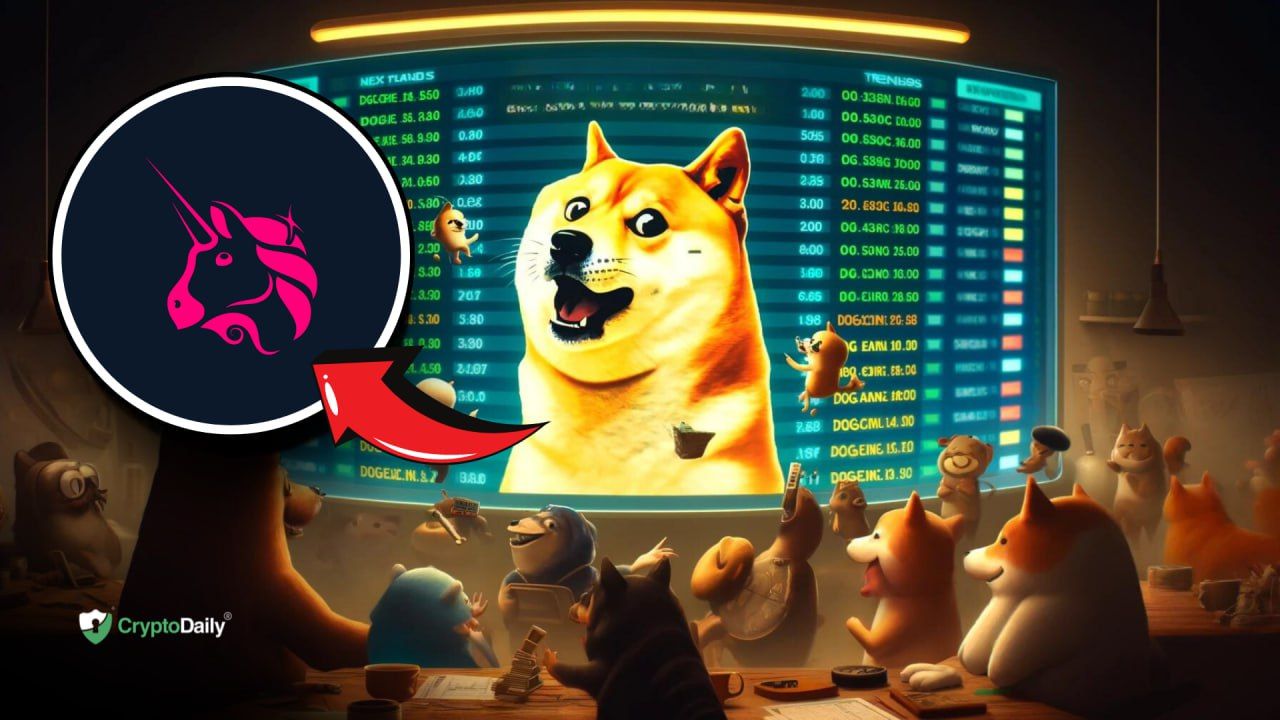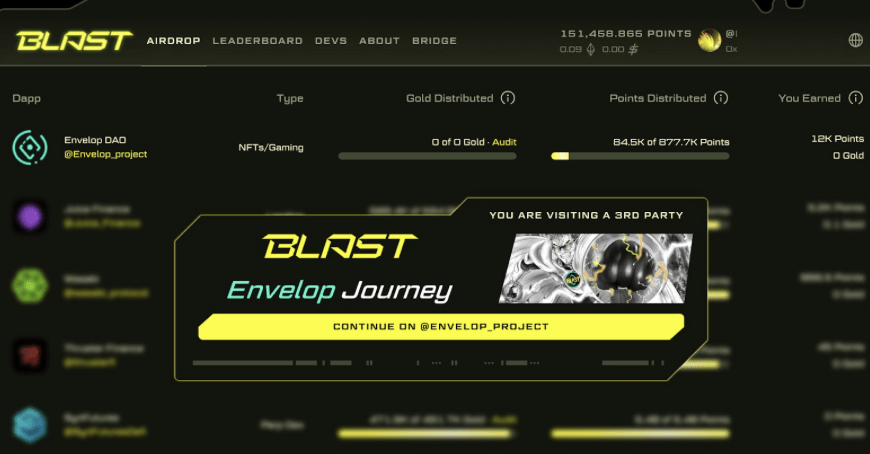Table of Contents
Flare Network is the first of its kind: a hybrid distributed network which runs a version of the Avalanche consensus protocol on Federated Byzantine Agreement (FBA) and integrated with Ethereum Virtual Machine (EVM). The goal is to run a smart contract-compatible platform without Proof of Work or Proof of Stake mechanisms. At a glance, Flare Network appears to be building a godzilla smart contract platform, with another $11.3 million raised in their latest seed round.
Digital Currency Group, Kenetic Capital, Coinfund, LD Capital, cFund, Wave Financial, Borderless Capital, and Backend Capital were among the investors who participated. According to Flare CEO Hugo Philion, the $11.3M raise “builds an even stronger and more connected community around Flare that can drive meaningful developments and participation. We are grateful for all investors’ support in helping bring the Flare Network to fruition.”
Understanding Federated Byzantine Agreement
Flare Network utilizes a Federated Byzantine Agreement consensus method to approve transactions as opposed to the traditional proof of work or proof of stake system. The proof of staking (PoS) consensus has risen in popularity compared to the power-intensive proof of work (PoW) consensus due to the latter’s much more energy-efficient means of securing the network.
Issues occur in a PoS consensus when the native token is locked up in a staking mechanism to ensure network security or in a flooded ecosystem of decentralized applications instead of for scaling. Neither of them are as fast or efficient as Flare’s FBA consensus.
FBA consensus is the most scalable solution, first implemented by Ripple (XRP) and then improved upon by Stellar (XLM). The consensus requires a special network of nodes to be known and verified ahead of time before put into use.
Once the consensus is established, different quorums of nodes will crop up based on the decisions made by the individual nodes. A quorum is the minimum amount of nodes required to approve an action on the blockchain. After the quorum is functioning and has a trusted network of nodes, the FBA will use quorum slices, which allow specific nodes to agree with them and speed up the process.
Flare Separates Itself
Like the XRP Ledger or Stellar, Flare Network’s FBA-adapted Avalanche consensus protocol uses what is called a Unique Node List (UNL). This allows each computer node to store a private definition of other network nodes which are reliable for consensus mechanisms.
Unlike Ripple and Stellar, Flare Network runs smart contracts. By integrating with EVM, the network can execute Turing complete smart contracts just like those we see on dApps in the Ethereum ecosystem.
Flare has built a secure ecosystem of tokens and a trustless 1:1 tokenized marketplace called the “F-Asset” protocol. As an example, FXRP will allow users to execute smart contracts akin to Ethereum’s system with Flare-wrapped Ripple tokens. Over time, FXLM, FLTC and FDOGE will be added to the F-Asset ecosystem. The State Connector is a part of the F-Asset protocol which enables cross-chain interoperability, like sending FXRP from the Flare Network to your Ripple ledger. The cross-chain capabilities and scalability of Flare Network allows for a flourishing defi economy.
Flare will also feature its own oracle, Flare Time Series Oracle (FTSO), which can be supported by holders of the Spark token or F-Assets. By hosting a decentralized oracle, F-Asset holders can ensure safety in their price-action by providing hardware that can provide estimates or delegate responsibility to a data provider to earn rewards.
Next Stop, Coston
The Coston Testnet is the public testnet where developers will have the chance to tinker around with Flare Network before the mainnet launch this summer. The mainnet launch is expected to be followed by a full encompassing decentralized ecosystem which features defi, gaming and NFTs.
Disclaimer: This article is provided for informational purposes only. It is not offered or intended to be used as legal, tax, investment, financial, or other advice.
Investment Disclaimer














